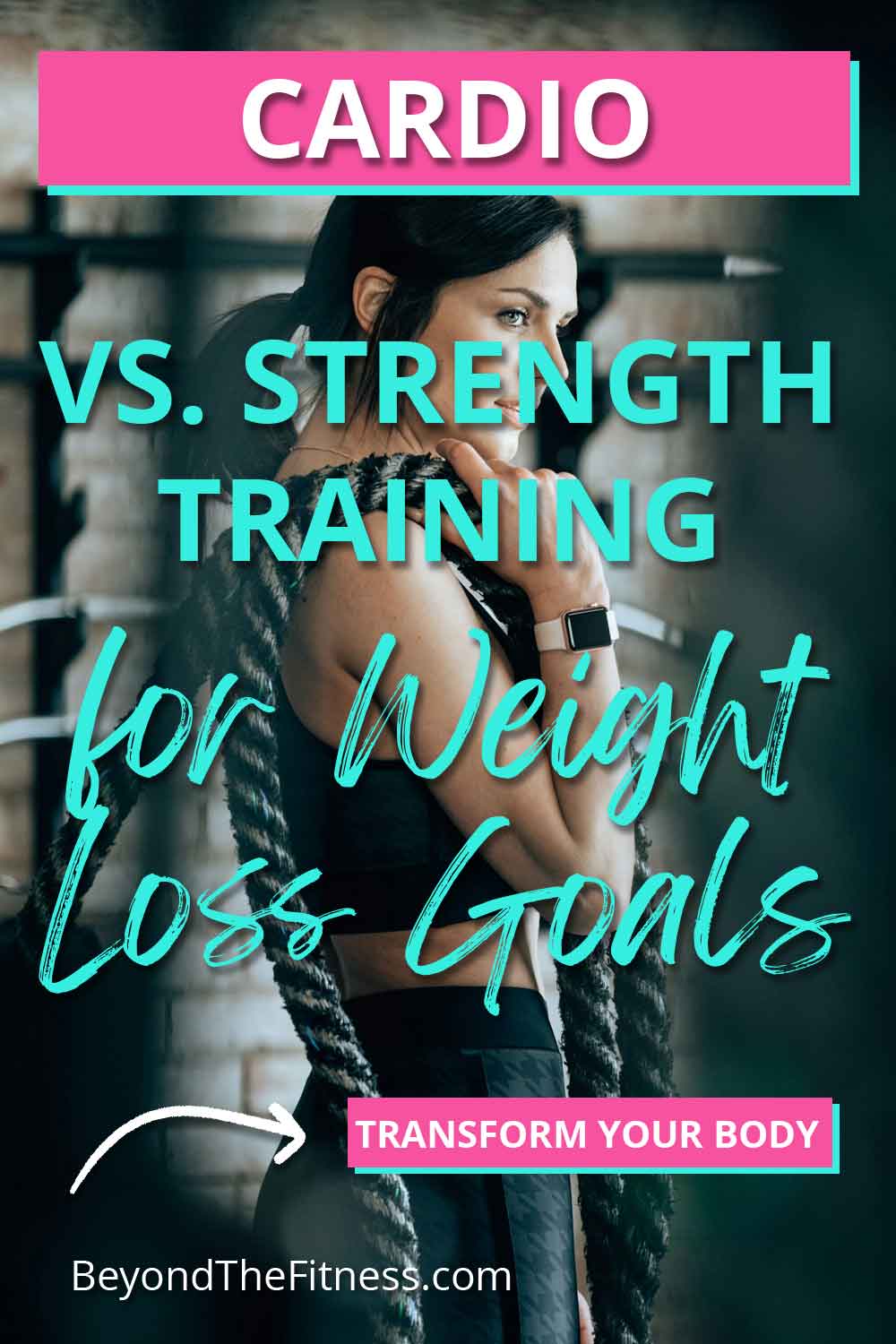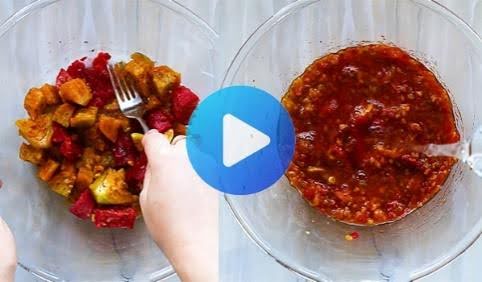When it comes to losing weight, there’s always a debate about which is better: cardio or weightlifting. I’ve spent a lot of time learning about both, and I want to share everything I’ve found to help you decide what’s best for your weight-loss journey.
What Happens to Your Body During Weight Loss?
Before diving into the cardio-versus-weightlifting debate, let’s quickly understand weight loss. Losing weight means burning more calories than you eat. Your body uses energy for everything you do, from walking to digesting food. To lose weight, you need to create a “calorie deficit,” which means you burn more calories than you take in.
Exercise helps with this because it burns extra calories and can make your body more efficient at using energy. But not all exercises are the same, and that’s why choosing between cardio and weightlifting is so important.
The Role of Cardio in Weight Loss
Cardio, short for cardiovascular exercise, includes activities like running, cycling, swimming, or dancing. These exercises make your heart beat faster and keep you moving for a long time.
Benefits of Cardio
- Burns Lots of Calories: Cardio can help you burn a lot of calories in a single session. For example, running for 30 minutes can burn around 300–400 calories, depending on your speed and weight.
- Improves Heart Health: Cardio strengthens your heart and lungs, making it easier to do everyday activities.
- Quick Results: If you’re looking for fast calorie-burning options, cardio is great for short-term weight loss.
Downsides of Cardio
- Doesn’t Build Muscle: While cardio helps burn fat, it doesn’t do much for building or keeping muscle.
- Can Be Time-Consuming: To see major results, you might need to do cardio for longer periods, which isn’t always realistic.
The Power of Weight Training for Fat Loss
Weight training, also called resistance training or strength training, involves lifting weights or using your own body weight for resistance. Think of exercises like squats, push-ups, or deadlifts.
Benefits of Weight Training
- Burns Calories Long After Exercise: Weight training helps you build muscle, and muscle burns more calories even when you’re resting. This is called the “afterburn effect.”
- Shapes Your Body: While cardio helps you lose weight, weight training gives you a toned and sculpted look.
- Supports Long-Term Weight Loss: Muscle helps keep your metabolism high, which can make it easier to keep the weight off.
Downsides of Weight Training
- Doesn’t Burn as Many Calories During Exercise: A 30-minute weight training session might burn fewer calories than 30 minutes of cardio.
- Can Feel Intimidating: If you’re new to lifting weights, it can be scary or confusing at first.
What’s the Best Way to Lose Fat?
Now that we know the benefits and downsides of both, let’s talk about combining them. When it comes to weight loss, the best approach often includes both cardio and weight training.
Why Combine Cardio and Weight Training?
- Burn More Calories Overall: Cardio helps you burn calories right away, while weight training helps you burn more calories over time.
- Get the Best of Both Worlds: You’ll improve your heart health with cardio and build muscle with weight training.
- Keep It Interesting: Switching between cardio and weights can make your workouts more fun and keep you from getting bored.
How to Combine Cardio and Weight Training
- Start with 2–3 Days of Weight Training: Focus on exercises like squats, lunges, push-ups, and rows.
- Add 2–3 Days of Cardio: Choose activities you enjoy, like jogging, biking, or dancing.
- Mix It Up: Try high-intensity interval training (HIIT) workouts that combine short bursts of cardio with strength exercises.
Nutrition Tips for Weight Loss
Exercise is just one part of the puzzle. What you eat also plays a huge role in losing weight.
Eat Enough Protein
Protein helps repair your muscles after weight training and keeps you full longer. Add foods like chicken, fish, eggs, tofu, or beans to your meals.
Watch Your Portions
Even healthy foods can add up in calories if you eat too much. Try using smaller plates or bowls to help control your portions.
Stay Hydrated
Drinking enough water helps your body work better and can keep you from feeling hungry when you’re really just thirsty.
Don’t Skip Meals
Skipping meals might seem like a good way to eat less, but it can make you overeat later. Instead, try to eat balanced meals throughout the day.
Why Women Shouldn’t Fear Weight Training
Many women avoid weight training because they worry about “bulking up.” I get it—nobody wants to look overly muscular unless that’s the goal. But here’s the truth: weight training for fat loss won’t make you bulky.
The Science Behind Muscle Growth
Building big muscles requires a combination of heavy lifting, high-calorie eating, and sometimes even specific genetic factors. Women naturally have lower levels of testosterone, a hormone that helps with muscle growth. So, unless you’re actively working to gain a lot of muscle, you’ll get a toned and lean look instead.
Benefits for Women Specifically
- Stronger Bones: Weight training helps increase bone density, reducing the risk of osteoporosis. This is especially important as we age.
- Better Posture: Many strength exercises target your core, back, and shoulders, which can improve your posture over time.
- Boosted Confidence: There’s something empowering about feeling stronger. It translates into other areas of your life, too!
How Cardio Can Be Fun and Effective
If the thought of running on a treadmill sounds boring, don’t worry—cardio doesn’t have to mean long, monotonous workouts.
Creative Cardio Ideas
- Dance Classes: Zumba or hip-hop dance workouts are not only fun but also burn serious calories.
- Outdoor Adventures: Hiking, kayaking, or rollerblading can double as cardio while letting you enjoy nature.
- Group Fitness: Sometimes exercising with others keeps you motivated. Spin classes or boot camps combine cardio with a team atmosphere.
When Cardio Might Be the Best Choice
If you’re just starting your fitness journey or have limited time, cardio can be an easy way to get moving. It’s also great if you’re focusing on improving your heart health or stamina.
Weight Training Myths Debunked
There’s a lot of misinformation out there about weight training, especially for women. Let’s clear up some common myths.
You Might Be Interested In: Learning more about The Complete Smoothie Detox & Weight Loss Program
Myth 1: “I’ll Get Bulky”
As mentioned earlier, this is unlikely for most women. Instead, weight training helps you develop a lean, toned physique.
Myth 2: “I Need to Lift Heavy Weights”
You don’t need to lift super heavy to see results. Bodyweight exercises, resistance bands, or light dumbbells can all be effective, especially if you’re just starting.
Myth 3: “It’s Not Good for Weight Loss”
This couldn’t be further from the truth. While weight training burns fewer calories during the workout itself, the afterburn effect (called excess post-exercise oxygen consumption, or EPOC) helps you continue burning calories for hours afterward.
How to Make the Most of Your Workouts
Whether you choose cardio, weight training, or a mix of both, the key is consistency and proper technique.
Warming Up and Cooling Down
- Warm-Up Tips: Spend 5–10 minutes doing light cardio, like brisk walking or cycling, to prepare your muscles.
- Cool-Down Tips: Stretching after your workout helps prevent stiffness and improves flexibility.
Tracking Your Progress
Keeping a workout journal or using a fitness app can help you see how far you’ve come. Write down your workouts, how much weight you lift, or how long you spend doing cardio. Seeing progress can be incredibly motivating.
Rest and Recovery
Rest days are just as important as workout days. Your muscles need time to repair and grow. Aim for at least one or two rest days per week.
Building a Balanced Fitness Routine
A balanced routine combines cardio, strength training, flexibility, and rest. Here’s a simple weekly plan to get started:
- Monday: Full-body weight training (30–40 minutes)
- Tuesday: 30 minutes of moderate cardio (like jogging or biking)
- Wednesday: Rest or light activity (like yoga or a walk)
- Thursday: Full-body weight training (30–40 minutes)
- Friday: 20–30 minutes of high-intensity interval training (HIIT)
- Saturday: Fun cardio activity (dance, hike, etc.)
- Sunday: Rest
Staying Motivated
Let’s face it: staying motivated can be tough, especially if you’re not seeing quick results. But don’t give up! Here are some ways to stay on track:
Find What You Love
If you hate running, don’t force yourself to do it. Explore other forms of exercise until you find one you enjoy.
Set Small Goals
Instead of focusing on losing a certain amount of weight, set smaller, achievable goals like being able to do 10 push-ups or running a mile without stopping.
Reward Yourself
Celebrate your progress with non-food rewards, like a new workout outfit or a relaxing spa day.
Why Nutrition and Sleep Matter
Exercise is only one piece of the puzzle. Nutrition and sleep play a huge role in weight loss and overall health.
Eating for Energy and Recovery
- Whole Foods First: Focus on fruits, vegetables, whole grains, and lean proteins.
- Healthy Snacks: Keep snacks like nuts, yogurt, or fruit handy to fuel your workouts and prevent overeating later.
- Meal Timing: Eating a mix of protein and carbs after workouts helps your muscles recover faster.
Getting Enough Sleep
Sleep is when your body repairs itself. Aim for 7–9 hours of quality sleep each night. Poor sleep can make you feel hungrier and less motivated to exercise.
Mistakes to Avoid
When starting a fitness routine, it’s easy to make mistakes. Here are a few common ones and how to avoid them:
- Doing Too Much Too Soon: Start slow and gradually increase intensity to prevent burnout or injury.
- Skipping Warm-Ups: Jumping into intense workouts without warming up can lead to strains or soreness.
- Ignoring Form: Focus on proper technique to avoid injuries and get the most out of your exercises.
Celebrating Non-Scale Victories
Weight loss isn’t just about the number on the scale. Here are some other ways to measure your progress:
- Your clothes fit better.
- You feel stronger and more energetic.
- You can do activities that used to feel hard.
Final Thoughts on Cardio and Weightlifting
So, is cardio or weightlifting better for weight loss? The truth is, it depends on your goals and what you enjoy. If you like running or cycling, stick with cardio. If you want to tone up and build strength, focus on weight training for fat loss.
The best choice is the one you can stick with. Combine both if you can, and pair them with healthy eating habits. With the right mix, you’ll not only lose weight but also feel stronger, healthier, and more confident.







